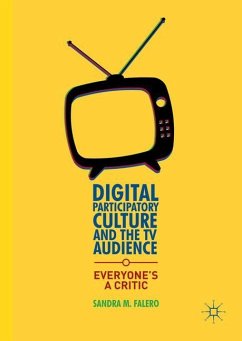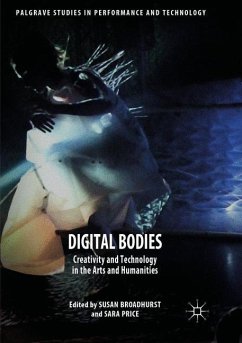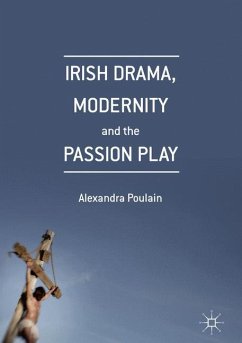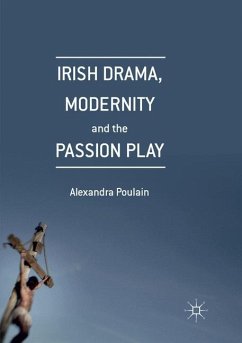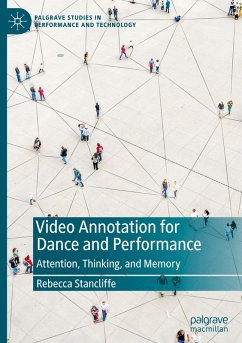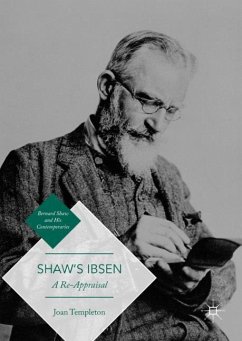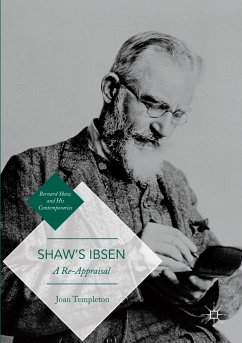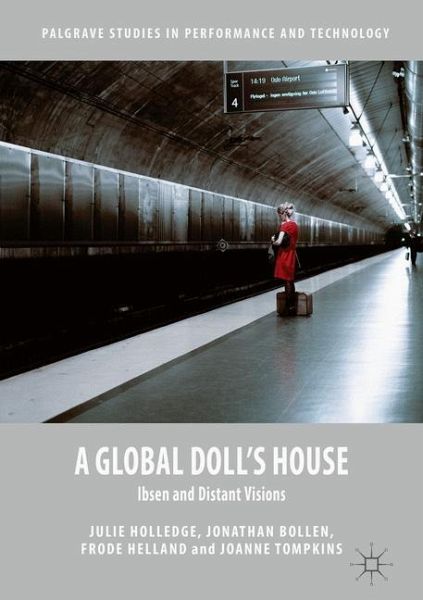
A Global Doll's House
Ibsen and Distant Visions
Versandkostenfrei!
Versandfertig in 6-10 Tagen
68,99 €
inkl. MwSt.
Weitere Ausgaben:

PAYBACK Punkte
34 °P sammeln!
This book addresses a deceptively simple question: what accounts for the global success of A Doll's House, Henrik Ibsen's most popular play? Using maps, networks, and images to explore the world history of the play's production, this question is considered from two angles: cultural transmission and adaptation. Analysing the play's transmission reveals the social, economic, and political forces that have secured its place in the canon of world drama; a comparative study of the play's 135-year production history across five continents offers new insights into theatrical adaptation. Key areas of ...
This book addresses a deceptively simple question: what accounts for the global success of A Doll's House, Henrik Ibsen's most popular play? Using maps, networks, and images to explore the world history of the play's production, this question is considered from two angles: cultural transmission and adaptation. Analysing the play's transmission reveals the social, economic, and political forces that have secured its place in the canon of world drama; a comparative study of the play's 135-year production history across five continents offers new insights into theatrical adaptation. Key areas of research include the global tours of nineteenth-century actress-managers, Norway's soft diplomacy in promoting gender equality, representations of the female performing body, and the sexual vectors of social change in theatre.






